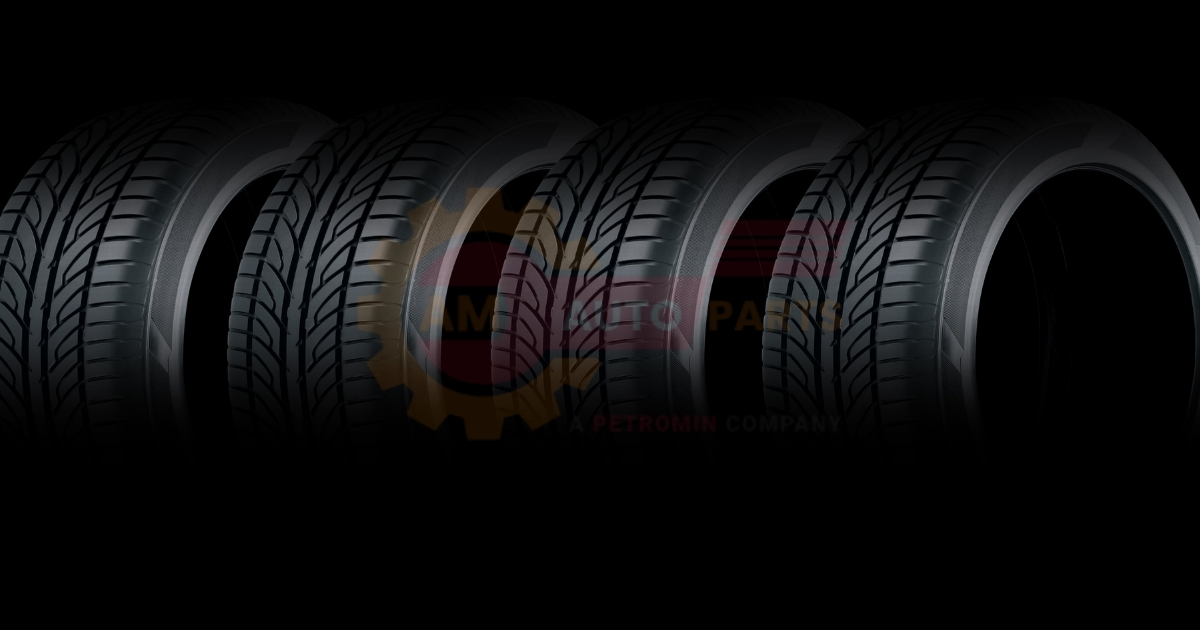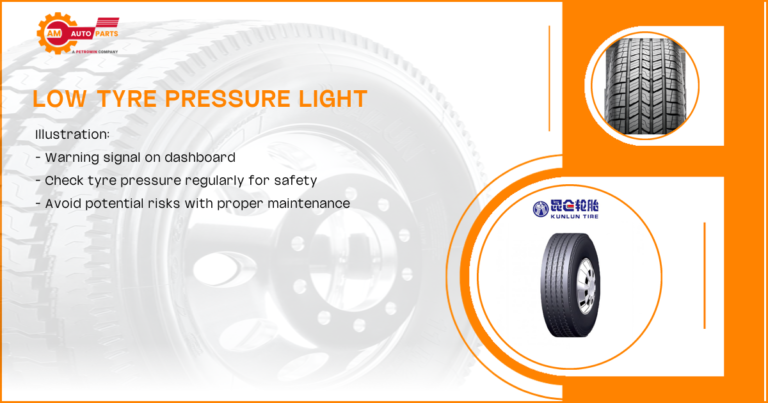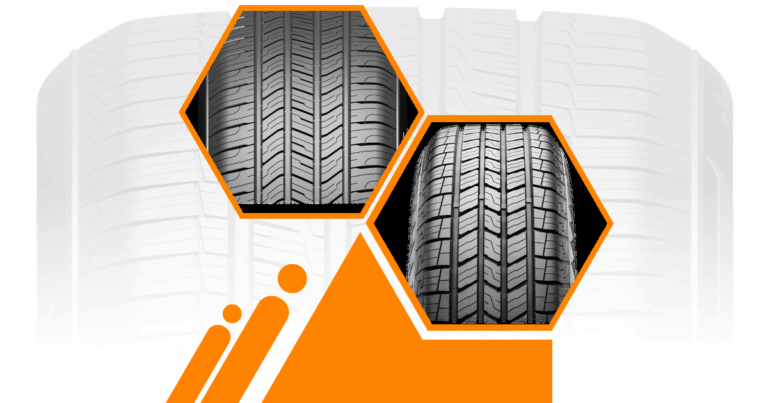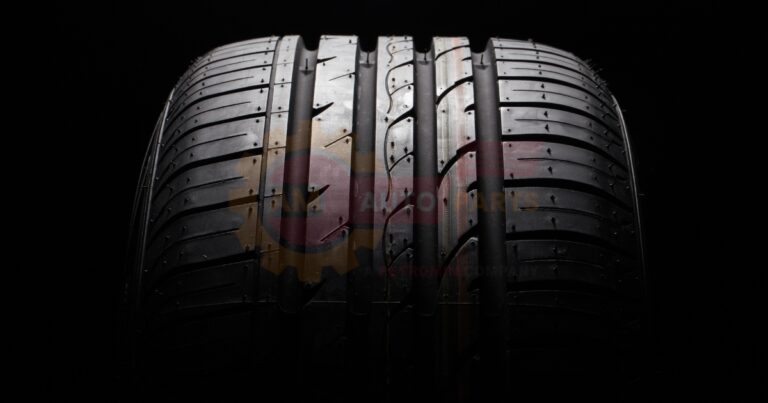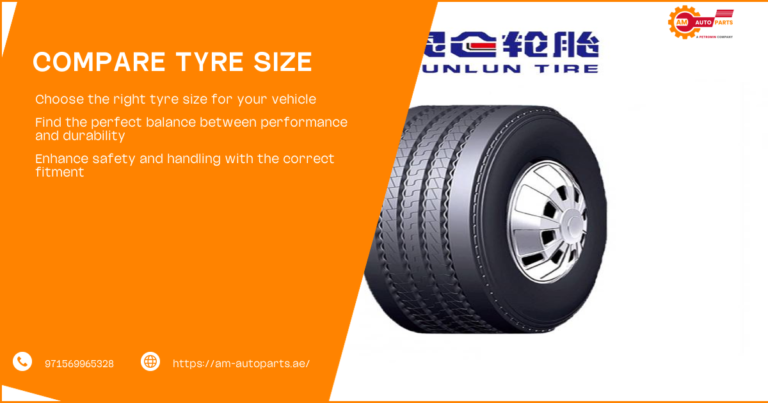Where Are Firestone Tyres Manufactured?
Global Manufacturing Locations
Firestone tyres are produced in various locations around the world, ensuring a global reach and efficient distribution. The company has strategically placed manufacturing facilities to meet the demands of different markets and maintain consistent quality across all regions.
Production Facilities Overview
Firestone operates several production facilities across different continents. These facilities are equipped with state-of-the-art technology and adhere to strict quality control measures. The main manufacturing hubs are located in:
- North America
- South America
- Europe
- Asia
Each facility specializes in producing specific tyre models and sizes to cater to regional preferences and vehicle requirements.
| Continent | Number of Facilities | Primary Tyre Types |
| North America | 4 | Passenger, Light Truck, SUV |
| South America | 2 | Passenger, Agricultural |
| Europe | 3 | Performance, Winter |
| Asia | 5 | Passenger, Commercial |
Determining Firestone Tyre Origin
Understanding where your Firestone tyres were manufactured can provide valuable insights into their production and help with warranty claims or replacements.
DOT Code Explained
The Department of Transportation (DOT) code is a crucial identifier for determining the origin of Firestone tyres. This code is imprinted on the sidewall of every tyre and contains essential information about its manufacturing details.
- The first two digits indicate the manufacturing plant code
- The next two digits represent the tyre size code
- The last four digits show the week and year of production
Production Year Identification
To identify the production year of your Firestone tyres, focus on the last four digits of the DOT code. The first two of these digits represent the week of production, while the last two indicate the year.
For example:
- DOT code ending in 3620 means the tyre was produced in the 36th week of 2020
Manufacturing Location Verification
To verify the specific manufacturing location of your Firestone tyres, you can:
- Check the plant code in the DOT number against Firestone’s official list
- Contact Firestone customer service with your DOT code
- Consult with an authorized Firestone dealer
AM Autoparts can assist customers in interpreting DOT codes and verifying manufacturing locations for Firestone tyres.
Firestone Tyre Quality and Performance
Firestone maintains high standards across all its manufacturing facilities to ensure consistent quality and performance of its tyres.
Manufacturing Standards
Firestone adheres to strict manufacturing standards across all its production facilities. These standards encompass:
- Raw material selection and testing
- Production process controls
- Final product inspection and testing
By maintaining uniform standards, Firestone ensures that tyres produced in different locations meet the same quality benchmarks.
Quality Control Processes
Firestone implements rigorous quality control processes throughout the manufacturing cycle:
- Raw material inspection
- In-process quality checks
- Final product testing
- Random batch sampling for extended testing
These processes help maintain the high quality and performance standards that Firestone is known for, regardless of the manufacturing location.
Firestone Tyre Warranty Information
Understanding the warranty coverage for your Firestone tyres is essential for making informed decisions and ensuring customer satisfaction.
Manufacturer’s Warranty Coverage
Firestone offers comprehensive warranty coverage for its tyres, which typically includes:
- Tread life warranty
- Materials and workmanship warranty
- Road hazard warranty (for select models)
The specific terms and duration of the warranty may vary depending on the tyre model and intended use.
AM Autoparts Warranty Policies
AM Autoparts provides additional warranty support for Firestone tyres purchased through their platform:
- Extended warranty options
- Easy claim process
- Assistance with manufacturer warranty claims
Customers can contact AM Autoparts for detailed information on warranty coverage and claim procedures for their Firestone tyres.
Choosing the Right Firestone Tyres
Selecting the appropriate Firestone tyres for your vehicle is crucial for optimal performance and safety.
Tyre Specifications and Compatibility
When choosing Firestone tyres, consider the following specifications:
- Tyre size
- Load index
- Speed rating
- Tread pattern
Ensure that the selected tyres are compatible with your vehicle’s requirements and driving conditions.
All-Season vs. Winter Tyres
Firestone offers both all-season and winter tyres to cater to different climatic conditions:
| Tyre Type | Advantages | Best For |
| All-Season | Versatile performance, longer tread life | Mild to moderate climates |
| Winter | Superior traction in snow and ice, better cold-weather performance | Regions with harsh winters |
Mixing Tyre Makes and Models
While it’s generally recommended to use the same make and model of tyres on all wheels, there are situations where mixing may be necessary:
- Temporary use of a spare tyre
- Replacing only two tyres due to uneven wear
When mixing tyres, ensure that:
- The same size and type of tyres are used on each axle
- Tyres with similar tread patterns and performance characteristics are paired
AM Autoparts can provide expert advice on selecting the right Firestone tyres for your specific vehicle and driving needs.
Firestone Tyre Age Considerations
The age of your Firestone tyres is an important factor in ensuring safety and optimal performance.
Importance of Tyre Age
Tyre age affects:
- Rubber compound integrity
- Overall tyre performance
- Safety in various driving conditions
Even if the tread depth is sufficient, older tyres may have reduced performance capabilities.
Legal Requirements for Tyre Age
While there are no universal legal requirements for tyre age, many experts and manufacturers, including Firestone, recommend:
- Replacing tyres that are 6-10 years old, regardless of tread depth
- Regular inspections for tyres over 5 years old
Performance Impact of Older Tyres
As tyres age, they may experience:
- Reduced traction, especially in wet conditions
- Increased risk of tread separation
- Diminished handling and braking performance
Regular inspections and timely replacements are crucial for maintaining optimal tyre performance and safety. Punctured Tyre Issue A flat tire caused by a hole or damage that lets air escape making it hard to drive safely and requiring repair or replacement Sailun tires China makes car tires that are good quality and affordable Many people choose
Firestone versus competitors Firestone makes good tires that last long while other tire brands might not be as durable or reliable for your car Tire warning illuminated The
Firestone tire lineup offers many types of tires for different vehicles You can find tires for cars trucks and SUVs in the Comprehensive wheel maintenance involves regularly checking and caring for all parts of your vehicle’s wheels to keep them in good condition
Tire dimension comparison Firestone tires performance is known for providing good grip on roads They help cars drive smoothly in different weather conditions Optimal UAE EV tires are special wheels made for electric cars in the United Arab Emirates These tires help electric vehicles drive better in hot desert conditions and save more energy
Dubai vehicle maintenance is important to keep cars running smoothly in the hot desert climate Regular Tire inspection guidelines Check your tires regularly for proper air pressure and look for signs of wear or damage to keep your vehicle safe on the road
Premium UAE SUV tires are special strong tires made for big cars in the UAE They help SUVs drive smoothly on both city roads and desert sand
